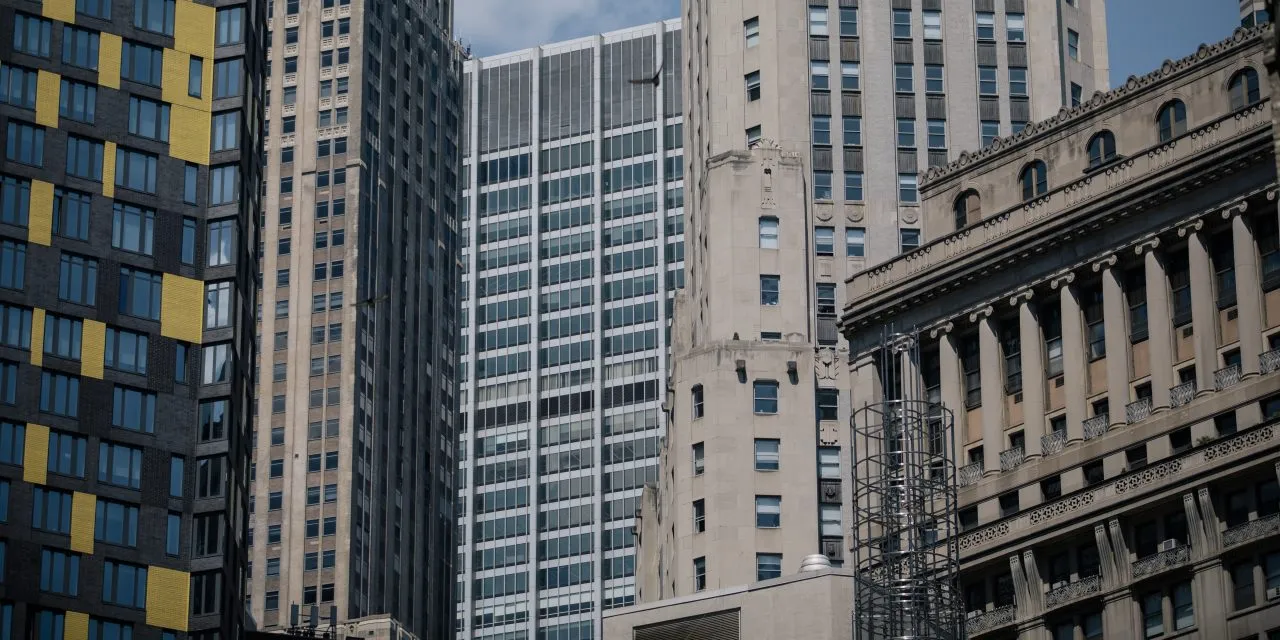Manhattan’s Vacancy Crunch Eases with Rezoning & Conversion Incentives
Introduction
Manhattan has experienced elevated office vacancy rates in recent years, driven by remote work trends, shifting demand for commercial space, and the lingering effects of the pandemic. Downtown and Midtown areas, in particular, have seen underutilized office buildings, prompting city planners, developers, and policymakers to explore solutions. Recent rezoning measures and conversion incentives aim to ease the vacancy crunch, revitalizing commercial districts while enabling mixed-use and residential development.
Rezoning Initiatives and Policy Measures
City authorities have introduced targeted rezoning policies to encourage redevelopment of underutilized office properties. By modifying zoning regulations, developers gain greater flexibility to repurpose office buildings for residential, retail, or mixed-use purposes. These measures aim to balance commercial density with market demand, supporting urban resilience and preventing prolonged vacancies. Rezoning also facilitates improvements in accessibility, infrastructure, and public amenities, enhancing overall neighborhood appeal.
Conversion Incentives for Developers
Alongside rezoning, developers are benefiting from financial incentives to convert office properties into residential or mixed-use spaces. Tax abatements, expedited permitting, and density bonuses reduce conversion costs and shorten project timelines. These incentives encourage adaptive reuse of existing structures, minimizing the need for new construction while addressing housing demand. Developers can leverage incentives to create high-quality residential units, retail spaces, or co-working facilities, transforming underutilized office stock into productive assets.
Impact on Vacancy Rates
Initial data suggests that rezoning and conversion initiatives are beginning to stabilize vacancy rates, particularly in Midtown. Buildings previously vacant or under-leased are being repurposed for residential occupancy or hybrid office-residential models. As conversions increase, the available commercial square footage aligns more closely with current market demand, alleviating downward pressure on rents and improving neighborhood vibrancy. City planners anticipate that continued adoption of these measures will reduce the structural mismatch between supply and demand in Manhattan’s office market.
Economic and Market Implications
Easing vacancy pressures has broader implications for the real estate market and local economy. Stabilized occupancy rates support property values, attract investors, and encourage new development. Mixed-use conversions generate employment opportunities in construction, property management, and retail sectors. Additionally, higher residential density in formerly office-dominated areas can boost consumer spending, support small businesses, and create more dynamic urban districts, enhancing Manhattan’s overall economic resilience.
Benefits for Developers and Investors
Developers benefit from diversified revenue streams by converting offices into residential or mixed-use properties. Residential conversions offer predictable rental income, while retail and co-working spaces provide supplemental revenue. Investors are attracted to projects that balance regulatory compliance with profitability, particularly when incentives reduce upfront costs and enhance project feasibility. Conversion initiatives also allow developers to capitalize on architectural upgrades, energy efficiency improvements, and urban design enhancements, increasing long-term asset value.
Social and Urban Considerations
Rezoning and conversions impact not only the commercial market but also urban living and community dynamics. Adaptive reuse of office buildings creates opportunities for new housing, addressing shortages in high-demand neighborhoods. Mixed-use developments enhance street-level activity, improve pedestrian experience, and integrate public amenities. By converting vacant spaces into livable environments, Manhattan can maintain its reputation as a vibrant, 24-hour city while fostering sustainable urban density.
Challenges and Risks
Despite positive trends, challenges remain. Conversions can face logistical hurdles, including structural limitations, building code compliance, and tenant relocation. Rezoning measures may encounter resistance from stakeholders concerned about neighborhood character, density, or infrastructure capacity. Developers must navigate construction costs, financing constraints, and potential market fluctuations. Effective planning, risk assessment, and stakeholder engagement are critical to ensure conversions meet both financial objectives and community expectations.
Technological and Design Innovation
Many conversions incorporate modern design and technological innovations, including energy-efficient systems, smart building management, and modular construction techniques. Upgraded HVAC systems, renewable energy integration, and digital security features enhance property value and appeal. Technological integration also facilitates flexible use of space, enabling hybrid residential-office layouts, co-working environments, or community-oriented facilities. These innovations contribute to sustainable urban development while meeting evolving market preferences.
Future Outlook
The combination of rezoning and conversion incentives positions Manhattan for a gradual reduction in office vacancies while promoting mixed-use urban growth. Developers are likely to continue exploring innovative reuse strategies, including co-living, flexible workspaces, and retail integration. As residential and commercial demand stabilizes, Manhattan’s real estate market may achieve a more balanced equilibrium, with diversified occupancy supporting long-term economic and urban resilience.
Conclusion
Manhattan’s rezoning and conversion initiatives represent a strategic response to elevated office vacancies, addressing both economic and urban challenges. By encouraging adaptive reuse of underutilized properties, the city supports residential growth, mixed-use development, and neighborhood revitalization. Developers and investors benefit from incentives that reduce costs and enable profitable projects, while residents and communities gain access to livable, engaging urban environments. These measures demonstrate a proactive approach to balancing supply, market demand, and sustainable city growth in one of the world’s most dynamic real estate markets.




